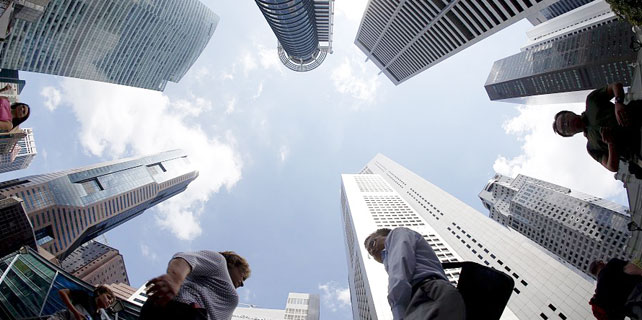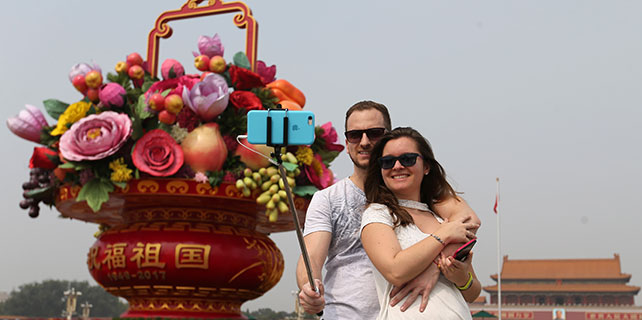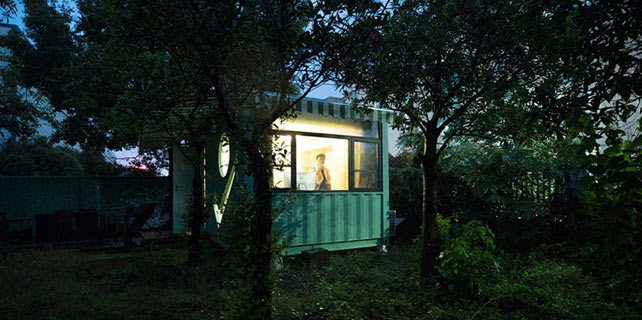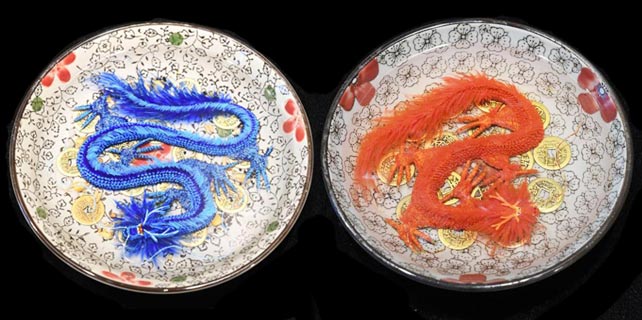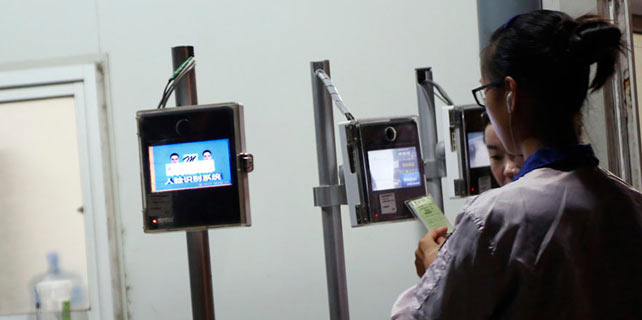Wuqiao circus festival helps keep old art alive with fresh ideas
"The students are so well trained that they can express a lot onstage. Unlike my generation of acrobats, who focused on technique, the young people take acrobatics as a combined art form. Besides their acrobatic skills, they have developed a large vocabulary to express themselves. Creativity is keeping this old art alive."
Since its birth in 1987, China Wuqiao International Circus Festival has staged over 600 performances by acrobats from more than 50 countries.
"Most of the 31 programs have won international awards, which will make the festival a high-level one," says Bian Faji, the president of China Acrobats Association.
This year, the festival is celebrating its 30th anniversary, with performances, forums, photo exhibitions and film screenings.
"We've experienced a tremendous transition from being an unknown festival to an international event during the past 30 years," says Bian.
According to Liang Yinghua, the deputy mayor of Cangzhou city, there are four acrobatics schools in the city and the yearly revenue generated from the acrobatics industry was about 200 million yuan ($31 million) in 2016, an increase of 6 percent from 2015. About 1.5 million tourists came to Cangzhou thanks to the reputation of acrobatics history in the city.
Besides drawing international troupes to compete and perform in Wuqiao, acrobatics schools in Wuqiao also train acrobats from around the world.
More than 400 foreign students, including those from the United States, Mexico and Ethiopia, have learned acrobatic skills in the Hebei Wuqiao Acrobatic Art School since 2002, says Qi Zhiyi, vice-president of Hebei Wuqiao Acrobatic Art School.
Earlier this year, Qi also led a team of teachers from the school along the ancient Silk Road, such as Laos and Egypt, seeking cooperation opportunities to launch more cultural exchange programs.







